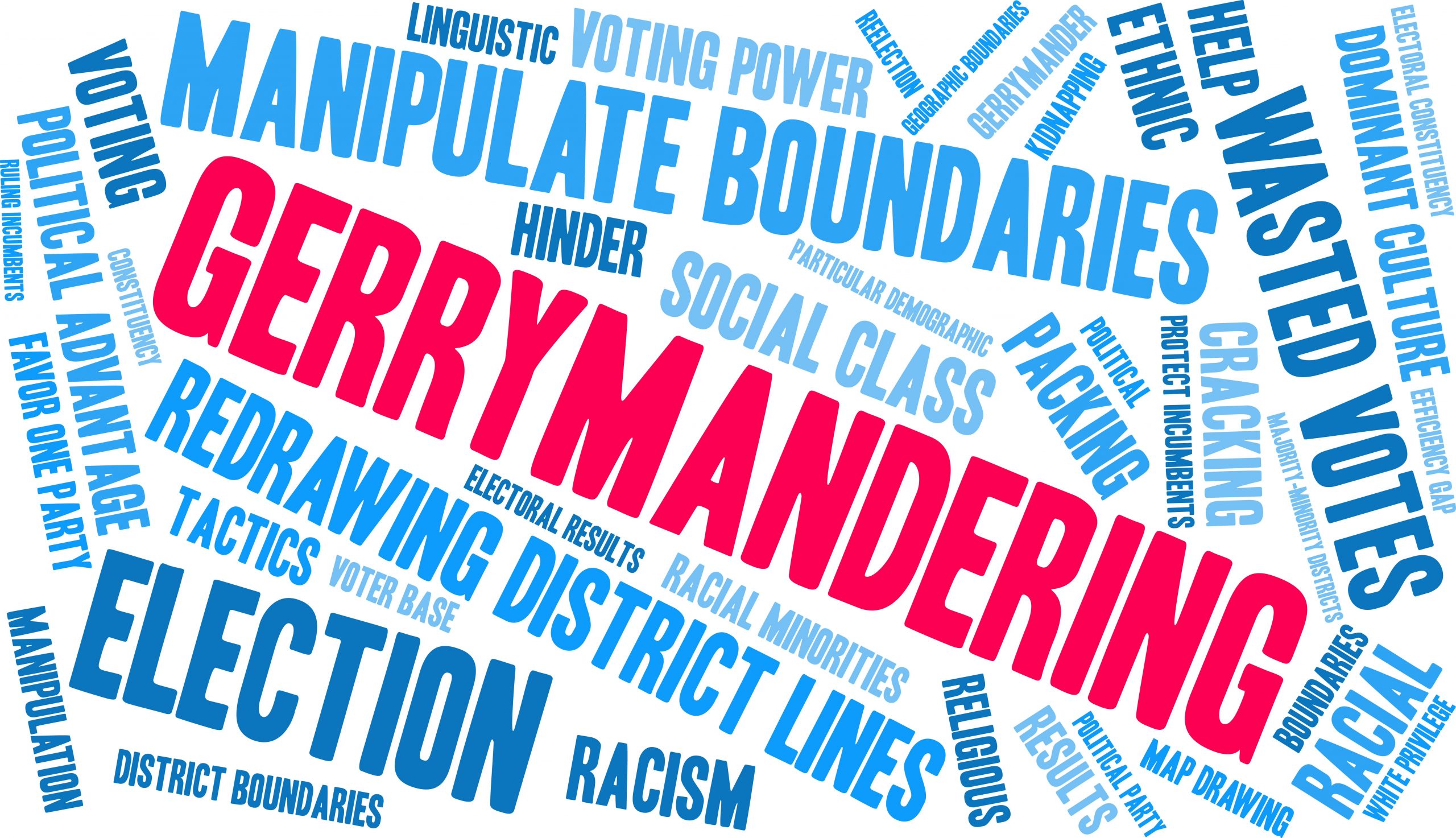
Gerrymandering – the drawing of political boundaries to favor the dominant party and marginalize everyone else – has been a threat to our democracy and a major contributor to our polarization and lack of bipartisanship. With Gerrymandering, the party that wins the most votes often has a minority of the seats, most elections are noncompetitive, and the most polarizing candidates usually win. Politicians use Gerrymandering to eliminate moderates in their own party who stand against leadership.
But in 2025, Gerrymandering is being taken to a new level that could represent a permanent threat to our democracy. Historically, states have redistricted only once every 10 years, after the census, to reflect changes in population.
Prodded by Trump, Texas is creating a mid-cycle Gerrymander to help Trump retain a Republican majority in Congress. Other states will follow suit. This is a step way too far that could lead to a war in which states compete to see how they can create the most unbalanced election districts, unravel decades of work to make elections more competitive, and eliminate those moderates who remain in Congress.
If states that Gerrymander in 20205 gain an advantage, they could do the same after every election. With this threat, few politicians will dare challenge their party’s leadership, few election districts will have real elections, and the split between the parties will widen even further.
Get our latest post and updates directly in your inbox
2020 Reform Elections Now | All Rights Reserved
Sign up and help Reform Elections Now champion solutions to the problems of hyper-partisanship and government dysfunction: